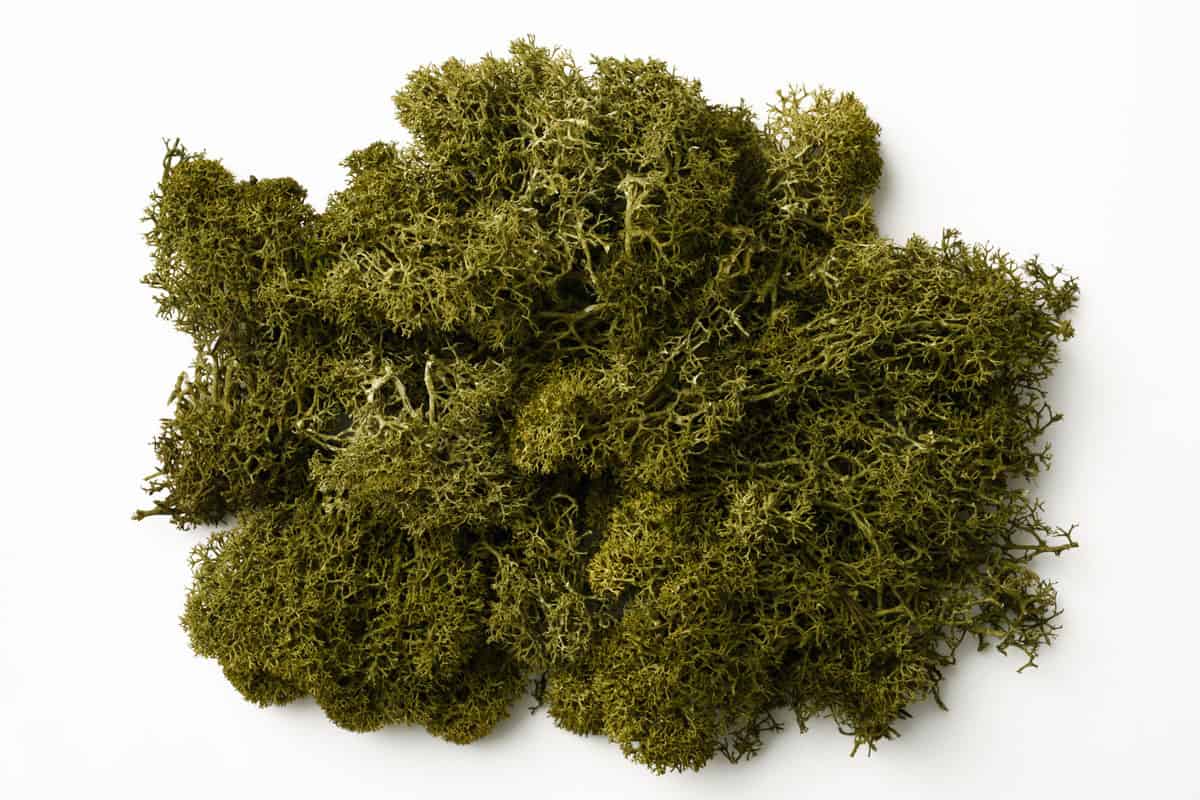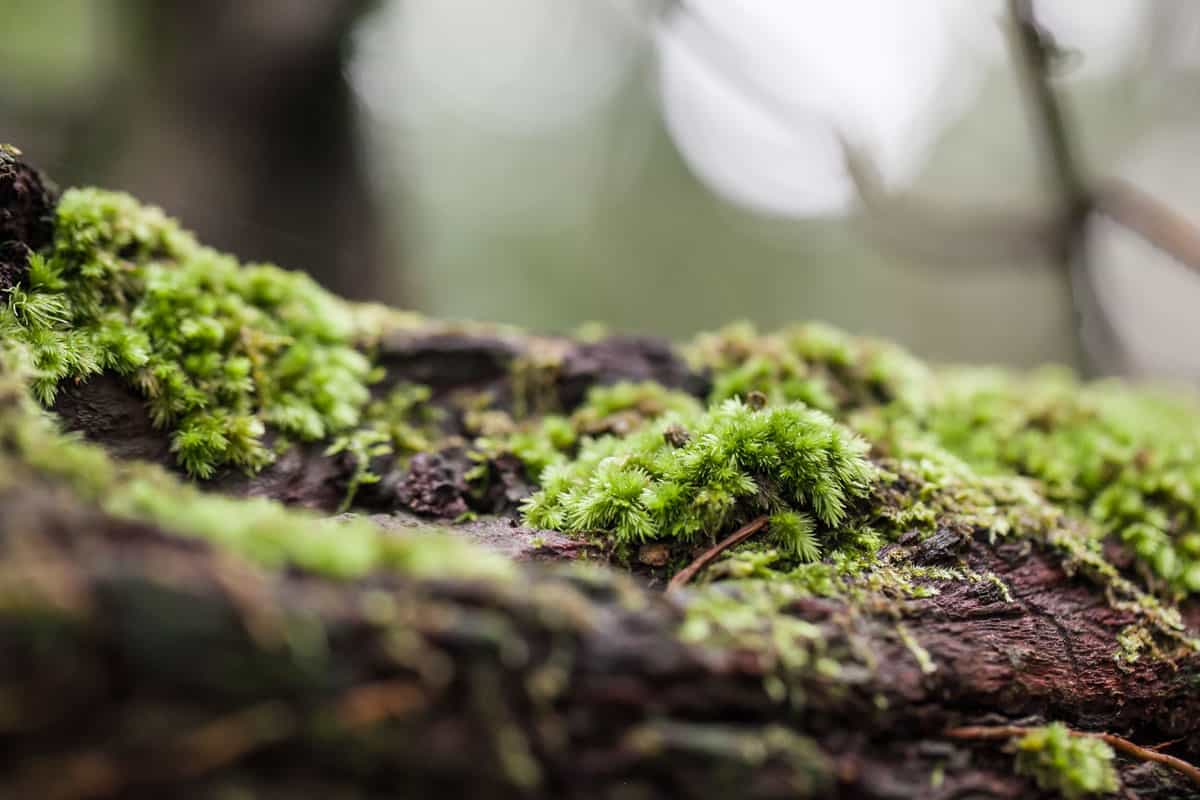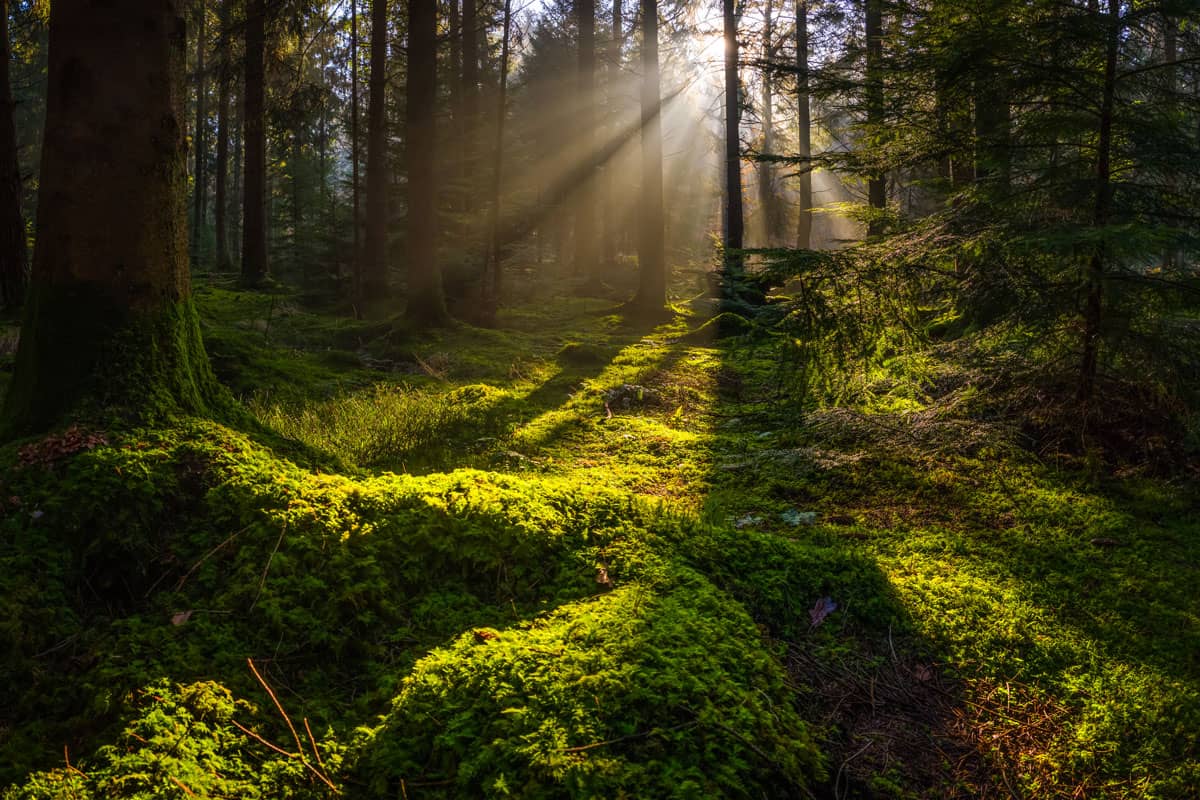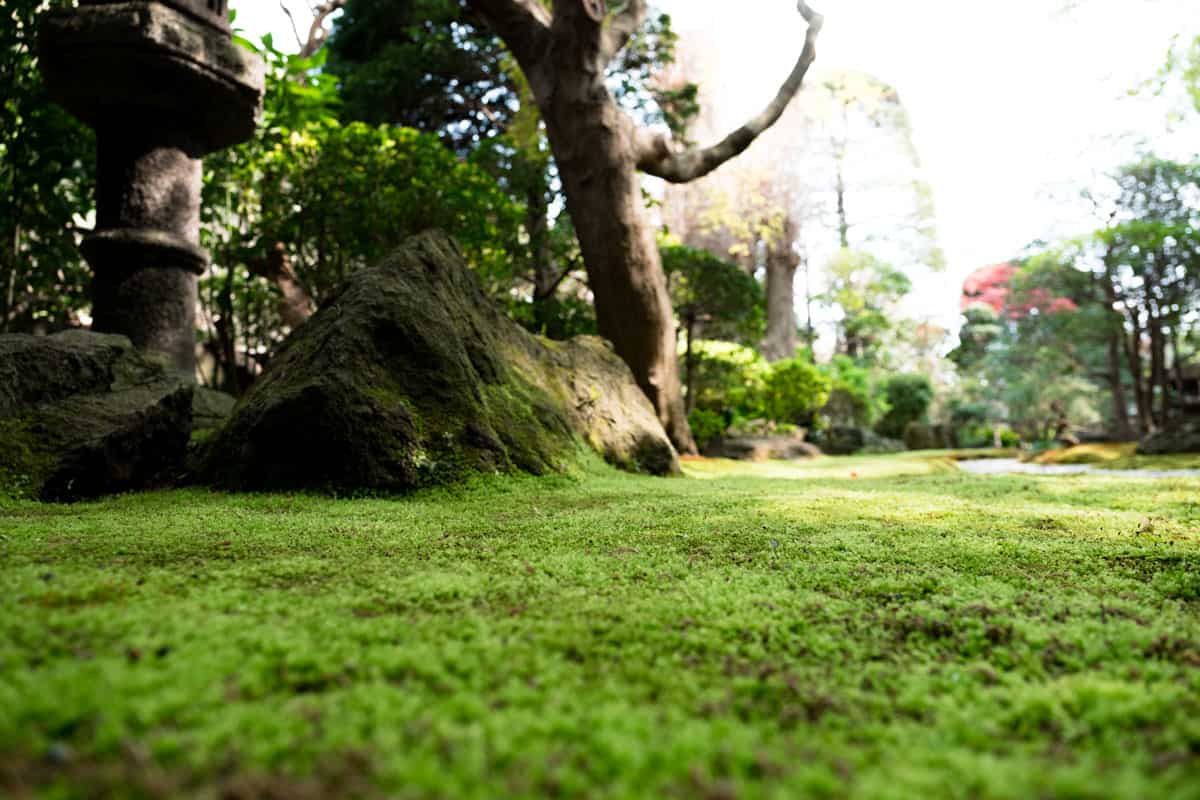You might want to remove the moss growing in your garden, and you have been informed that one of the popular moss killers, Moss Out, can help you achieve that. But you do not know when and how to apply it. We have made the necessary inquiries on how best to do these, and here's what we found.
In order to see effective results, Moss Out should be applied when it is actively growing, which is usually by the end of spring and beginning of fall. Here's the procedure you should follow to apply Moss Out.
- Mow your garden
- Determine the area
- Mix Moss Out with water according to product instructions
- Apply diluted Moss Out
- Rake away dead moss
You should continue reading to understand specific details about Moss Out and the preferred method and timing of its application.
![photo of a picture that reflects the natural beauty of the garden in the park, When To Apply Moss Out [And How To]](https://gardentabs.com/wp-content/uploads/2022/08/When-To-Apply-Moss-Out-And-How-Tovisuals.png)
What is Moss Out [Lawn Moss Killer Spray]
Moss Out is a chemical product that is primarily used to eliminate lawn moss. The solution comprises several potent compounds, especially nitrogen and iron. Although Moss Out is primarily used to eliminate moss, it also functions as a fertilizer because the iron within the solution allows plants to grow.

Click here to find Moss Out on Amazon
When To Apply Moss Out

The most effective period to eliminate moss is when it is growing. Moss does not grow every season because it requires a warm atmosphere to grow.
Most times, moss grows around the end of spring and the beginning of the fall. Occasionally, it grows at the beginning or end of summer or in the late winter, when the atmosphere is warm.
How to Apply Moss Out
It is important that you apply Moss Out carefully. Here is a step-by-step procedure to applying Moss Out the right way.
Mow Your Garden
Mosses are usually present in the midst of your garden. Sometimes other plants may have grown above or over mosses and this can prevent you from seeing them or even make Moss Out ineffective. It is important that you mow your garden down to expose moss completely.
Determine The Area
Just before you get on with applying Moss Out, you should ascertain what area is covered by moss. If you know how the affected land area, then you can determine the quantity of Moss Out. For every 250 square meter area of land, you would need one pint of Moss Out.
Mix Moss Out With Water
You should mix water with Moss Out in a container. Mixing water with Moss Out would ensure that the solution is much more effective. You should mix about a half pint of Moss Out with three gallons of water.
However, if there has been rainfall or you have sufficient reason to believe that there would be heavy rainfall, you should reduce the amount of water, so you do not over-dilute your Moss Out.
Apply The Diluted Moss Out
At this phase, you can go ahead and apply Moss Out on your vegetation. You should use a plastic or rubber tube to apply Moss Out. Avoid using metal to apply because Moss Out is corrosive.
For Moss Out to be effective, you should spray Moss Out directly on the moss till it is soaked completely. After use, you should rinse the container properly with water.
Rake Away Dead Moss
You should begin to see the effect of Moss Out soon after applying. The mosses in your garden would die and turn black or dark in color. Dead mosses make a dent in gardens, and it is best if you take them out by raking your garden.
Can You Mis Moss Out With Water?
You may be wondering if diluting moss out with water is the proper thing to do because diluting some solutions with water makes them ineffective.
But in the case of moss out, you can dilute moss out with water, and in fact, you should in order to make it very effective. Nonetheless, adding much water should be avoided. Three gallons of water for half a pint of Moss Out would do the trick.
Can You Apply Moss Out on Wet Grass?

Yes, you can apply moss out on wet grass. However, if you are going to be applying moss out on wet grass, you should only add little water to the moss. This is so that the moss out is only diluted to the required measure and effective.
How Long Does Moss Out Take to Work?
After applying Moss Out, it begins to work immediately. While this process may take less time in warm atmospheres, it usually takes 24 hours for the mosses to dry up.
After a few days, the mosses lose their green color and begin to acquire brown color over the next few days. Within two weeks, the mosses in your garden die off.
Can I Use Moss Killer and Fertilizer at the Same Time?
Using moss killers and fertilizers simultaneously might seem like the right thing to do, in that you get to kill the moss and fertilize your crop. But it is not advisable that you use moss killers and fertilizers together.
It is recommended, instead, that you apply moss killers first and then wait for at least seven days before applying fertilizers. In this case, you should use fertilizers with little or no phosphorus to prevent adverse effects.
How Often Should I Use Moss Out?

How often you should apply Moss Out would determine the sort of product you are using. Some products are made to be applied with no frequency limit.
Some others require users to give at least two weeks or a month between applications. Since Moss Out has a preventive guarantee of up to six months, the frequency of using Moss Out can be fixed somewhere between two weeks and six months.
What Kills Moss Permanently?
Moss Out products are very efficient in eradicating moss in gardens, especially if used every six months. However, to eliminate moss permanently, you would need to implement certain preventive measures to prevent the growth of moss. They are as follows.
Rake Your Lawn Frequently
Because moss does not have deep roots, it can be removed easily by raking. You should ensure that the soil is moist before you rake.
While you can water your garden before raking, you could also optimize the natural elements by raking in the morning, after dewdrops, or raking just after a rainfall.
Good Soil Drainage
Mosses are known to grow in places with poor soil drainage. Bad drainage can be caused by a lot of things. One of such things is the presence of clay soil, which obstructs water movement. You can address this situation by regulating adding organic matters such as humus to the soil.
Another issue may be the presence of a thick subsoil, which prevents water movement. In such instances, you may need to dig up your garden to reform the subsoil's composition.
Eliminate Thatch
Thatches are layers of dead plants. Thatches could obstruct water from draining effectively through the soil and thus contribute to moss growth.
You may make use of sharp bow rakes or any other effective tool to remove thatches. After eliminating thatches, you should aerate the soil to allow for air circulation. Aerated soils are not conducive for mosses.
Use More Sunlight
Because moisture is easily trapped in places with less sunlight, mosses grow in places with tall trees or plants. You should endeavor to expose your garden to more light from the sun by clearing tall plants or trees, which may provide shade allowing the growth of moss.
Put Your Soil In Good Condition
The growth of moss may be proof that your soil is in poor condition. You should obtain the assistance of a professional in conducting a soil test to check the nutrients and PH of your soil.
A soil test would provide you with enough information about the issues plaguing your soil. Usually, it is that the PH level is low and your soil is acidic. You can correct this by adding agricultural lime or wood ash.
Cultivate Varieties of Plants
A variety of competitive plants will take up space and soil in your garden, and as these plants compete for nutrients and water from the soil, they may prevent moss from sprouting. To get the best result, cultivate shade-tolerant vegetation.
Focus on Cultivation of Plants
While it is easy to focus on how to eliminate moss, you should be much more concerned about the survival of the prefered vegetation.
If you did everything to ensure our plants are in good health, you would have done all to eliminate the growth of mosses. Thus, simple activities such as filling sparse lands with seeds, using fertilizers or manures, and ensuring the health of s soil would go a long way.
Wrapping Up

We have explained when and how best to apply Moss Out on your lawn. You should follow this up by preparing your soils in conditions that are not conducive to the growth of moss. We believe that based on this information you would have no problems with moss in your field. Thank you for reading.
To learn more on how to properly take care of your garden, check out these engaging articles:

